-
Posts
434 -
Joined
-
Last visited
-
Days Won
1
Content Type
Profiles
Forums
Gallery
Events
Blogs
Posts posted by Herra Kuulapaa
-
-
1 hour ago, GTom said:
That is quite a difference in intensity! Were they identically exposed? (time, aperture, target)
Target is exactly the same, but I don't remember how the exposure was so it's better to take this only as an example of spatial resolution.
In this sense it's hard for me to accept that the full monochrome signal would have a lower spatial resolution than RGB, especially with narrow band such Ha.
-
11 minutes ago, GTom said:
Nice clear + apparently a bit more details than the RGB. Do you still have both cameras? Can you do a comparison with narrowband filters (H-a + O-III) and a fast, maybe f/2 lens?
Unfortunately I've sold the mono and converted RGB to cooled so it's not possible to conduct more tests at this point.
I must say that the demosaicing algorithm is very good to replicate almost same detail level. The true difference comes in narrow band where all the four matrix pixels will record signal same way.
Here is a small comparison of the same full spectrum target in true raw:
RGB:
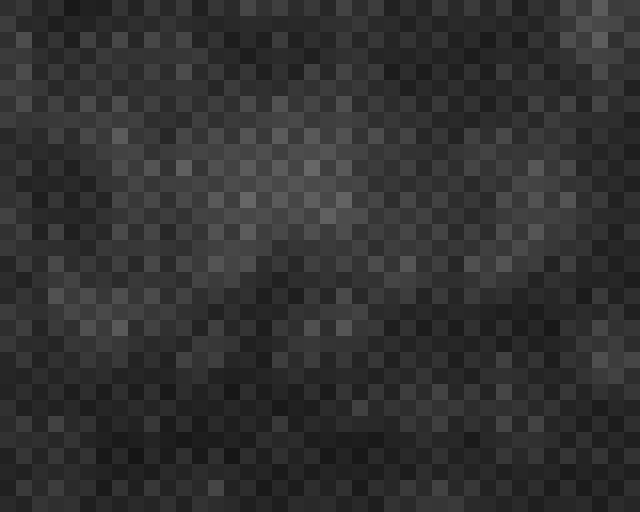
Mono:

-
15 hours ago, Adam J said:
Ok I have a set of comparison images. Some baby food bottles on the side in my kitchen but it will have to do.
Each image is a 1/50th of a second exposure through my Baader 2" 7nm filter fitted to the front of a 50mm lens ISO800 F1.8 (although as discussed short forcal lengths may have an effect on the mono sensitivity).From left to right: 1) Mono Camera Single Red Channel Only Extracted. 2) Mono Camera all four pixels extracted (2x2). 3) RGB Camera Red Channel Only Extracted (Green and Blue Removed).
I think that the clear winner in this test is the original OSC camera it simply has the best signal to noise ratio. Now I will still be doing the real world test on a Ha nebula as soon as possible as you could convince me that this may be due to the short focal lenght of the lens....but I would not bet on it.
You could also convince me that ultimately with longer exposures / integration I would get more detail out of the mono when processing it for full resolution as opposed to binning it. But from what I can see here I would expect to have to increase the integration time by about a factor of four to achieve the same signal to noise level as in the Red channel only of the RGB camera.....I have seen this done by someone with a mono camera and the results are very good but the integration times are crazy (10's of hours). This leaves me of the opinion that the camera is (baring a a big change in the real world test) not going to give me what I am looking for and I would be better off taking H-a and OIII data with the bayer intact.
Hmmm., there is something funny in your test. It might be the sensor too, because Exmors seem to behave very nice after mono conversion. They have much more narrower conductors than 1000D though, which may decrease the amount of photons hitting them.
Here is some real world testing
Here is a comparison of full spectrum RGB D5100 on left vs D5100am (astromono) on right. Both files are true raw (non debayered).

click it large
-
Interesting, did you debayer a D750? How was the sensor cover glass?
-
On 21.7.2016 at 01:34, zfedoran said:
The following is a comparison between a stock 20D and a debayered canon 20D using the same lens, both at the same distance and same settings. The color image has been desaturated, but the levels/curves have not been changed.
It looks like there is a minor loss in QE and a gain in resolution sensitivity. This would make sense because the micro lenses have been removed.
Good job! The comparison however looks a bit soft. I wonder if the focus was spot on?
Did you process the images without demosaicing? There is some sort of pattern in mono image, but it should be flat and uniform.
Left image below is a true raw converted RGB image (not demosaiced and showing the RGB filters) and the right one is mono, also true raw converted. It doesn't show any pattern because there is no filtering anymore.

-
 1
1
-
-
Hmmmm., It can be very difficult in real life due to the fact that the sensor response is quite low in UVA range compared to VIS. This results UVA signal being just a tiny fraction of total signal - UVA gets swamped heavily by VIS.
Interesting idea though and UVA should be there, if one just can separate it

-
It's so bright here in north this time of year it makes no sense even trying astrophotography. So, more UV:
D800 reference:
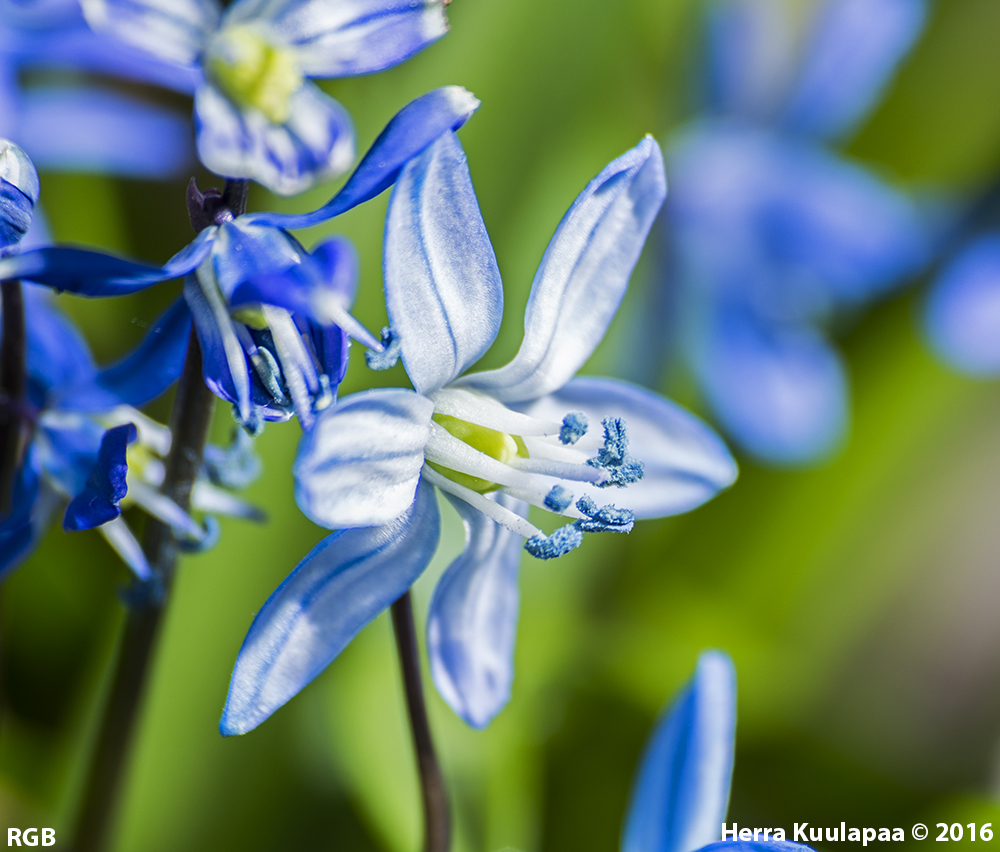
And D600am (astromono) UVA:
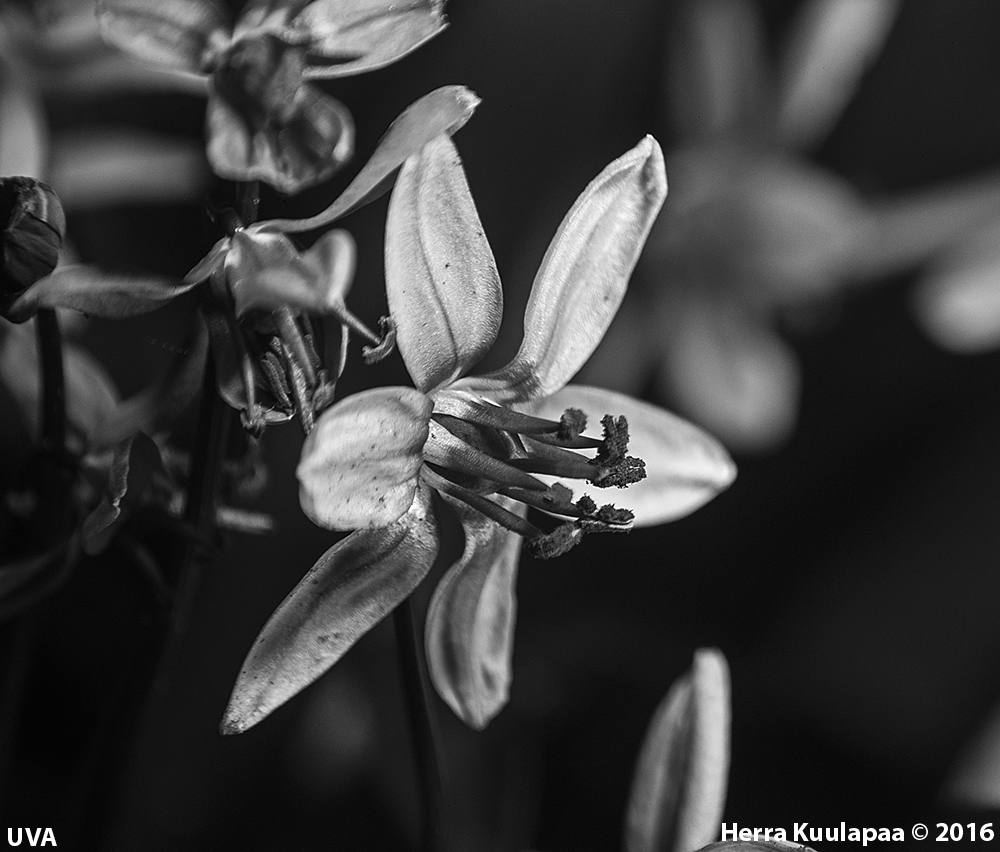
-
 2
2
-
-
Hi Ola,
I've used my D600am as well and it's doing great with Ha. Can't recall which ISO it was, but propably 200 or so. And with that the full well capacity is nearly 40ke-, which means absolutely fantastic dynamic range! Your 6D should be very similar what comes to the saturation maximum. I however can get slightly larger magnification with D5100am smaller pixels (4.78um vs 6um) so I've mostly used it lately.
I have also one monochrome D800 sensor, but haven't yet installed it to camera. It has practically same size pixels with D5100 (4.78um vs 4.88um) so it should really rock also in solar imaging.
-
I posted this on the Solar imaging thread, but I guess I won't get trown into jail linking it here as well

Anyway, I had this idea, a crazy judged one, to image sun as a full sphere in Ha with DSLR. It came out rather good I think..
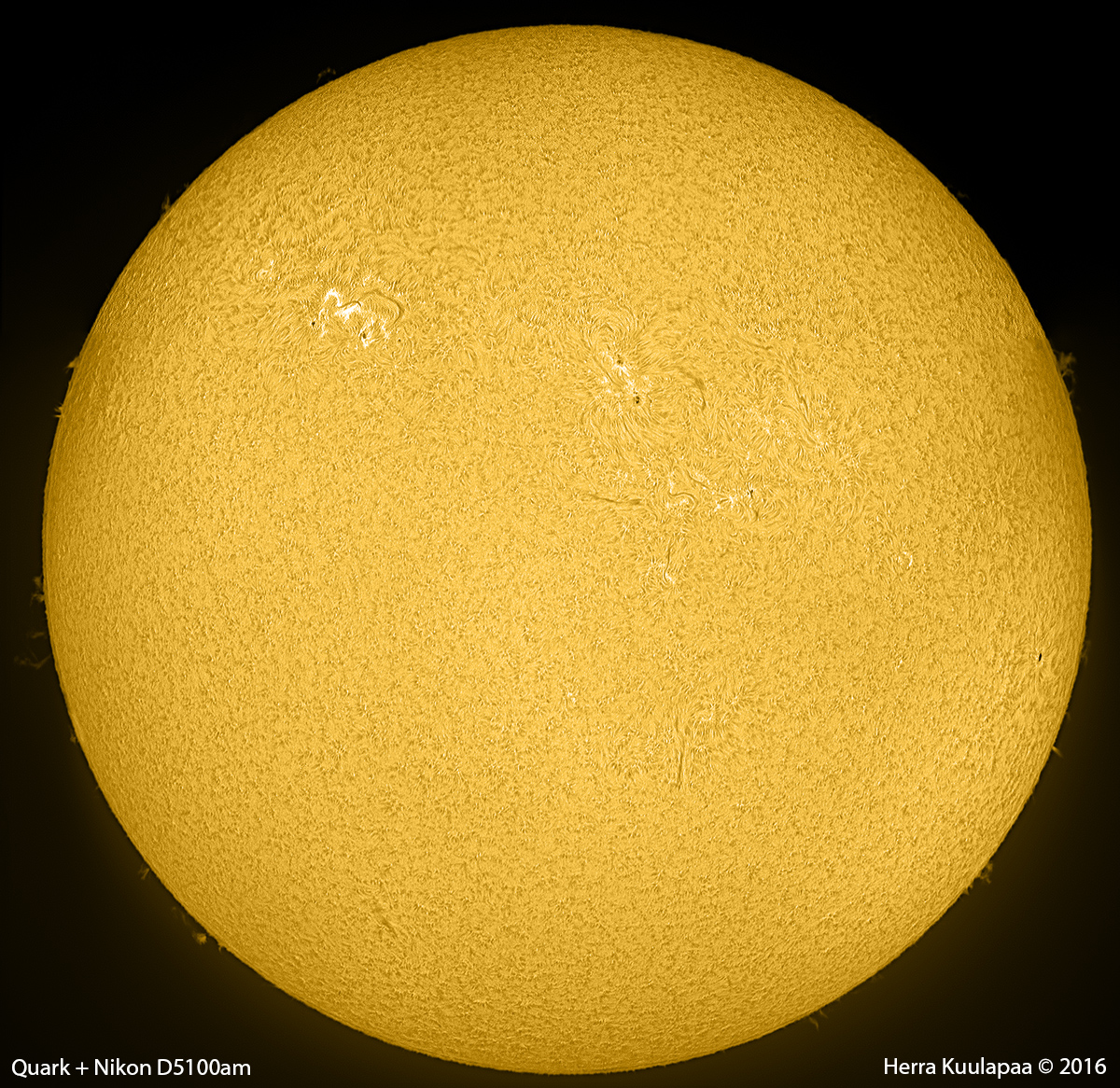
Taken yesterday, first of May.
-
 7
7
-
-
Do you mean some sort of multispectral imaging?
I've given some thought taking red channel from H-alpha, green from O-III and blue from UVA - should be rather interesting

-
Yes, it has been taken with a UG1 UV pass filter and IR block. It's quite interesting how flowers look different in UVA light than in VIS.
Visually transparent SPF 20 sun screen in UV:
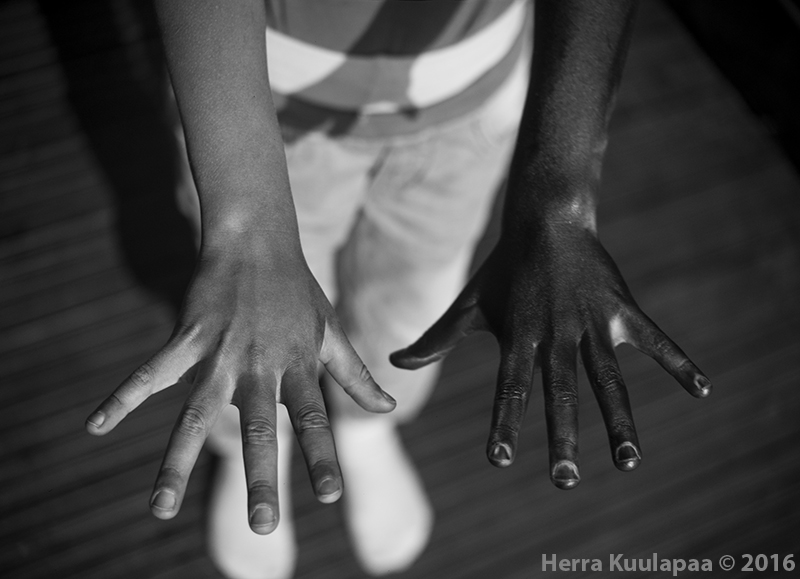
-
 3
3
-
-
So quiet..
Astrophotography isn't the only use for monochrome cameras. NIR and UVA can be imaged quite easily with mono camera. In fact removal of UVA absorbing RGB filters makes the total short wavelength response better.
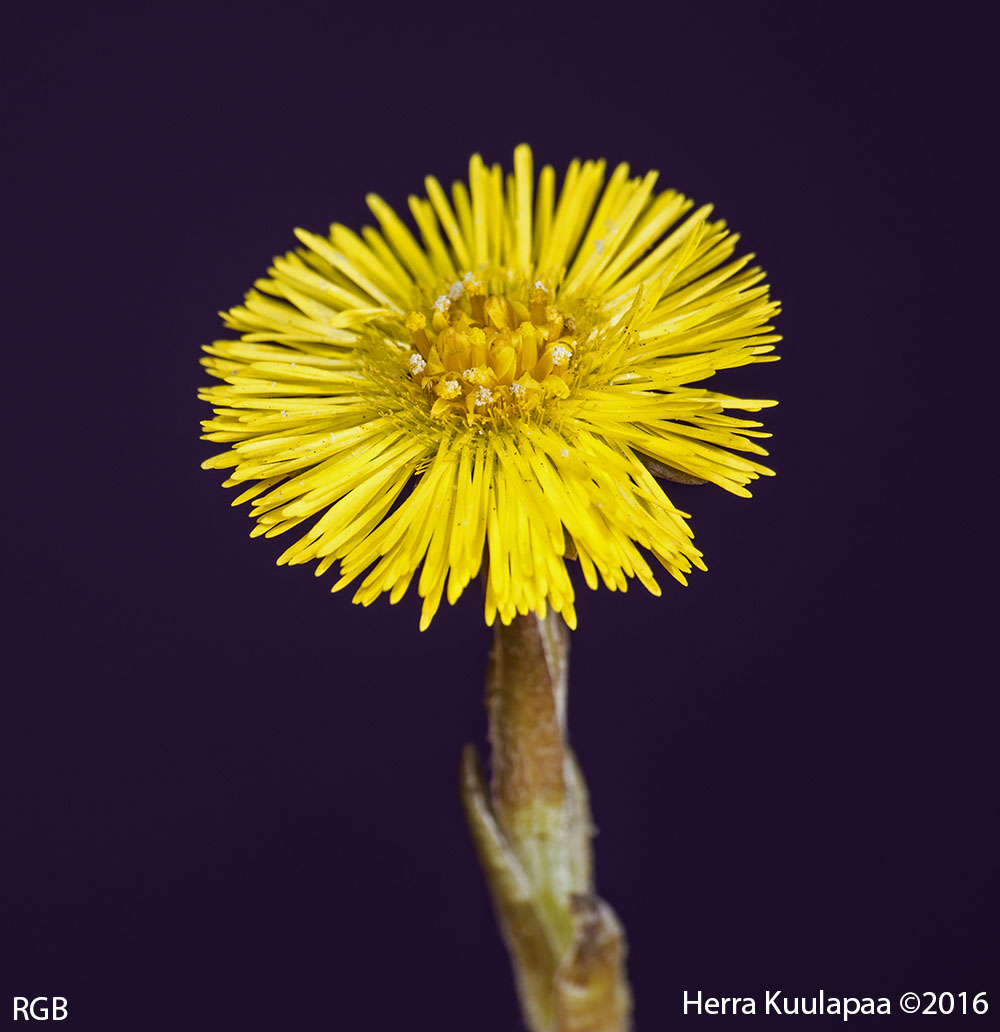
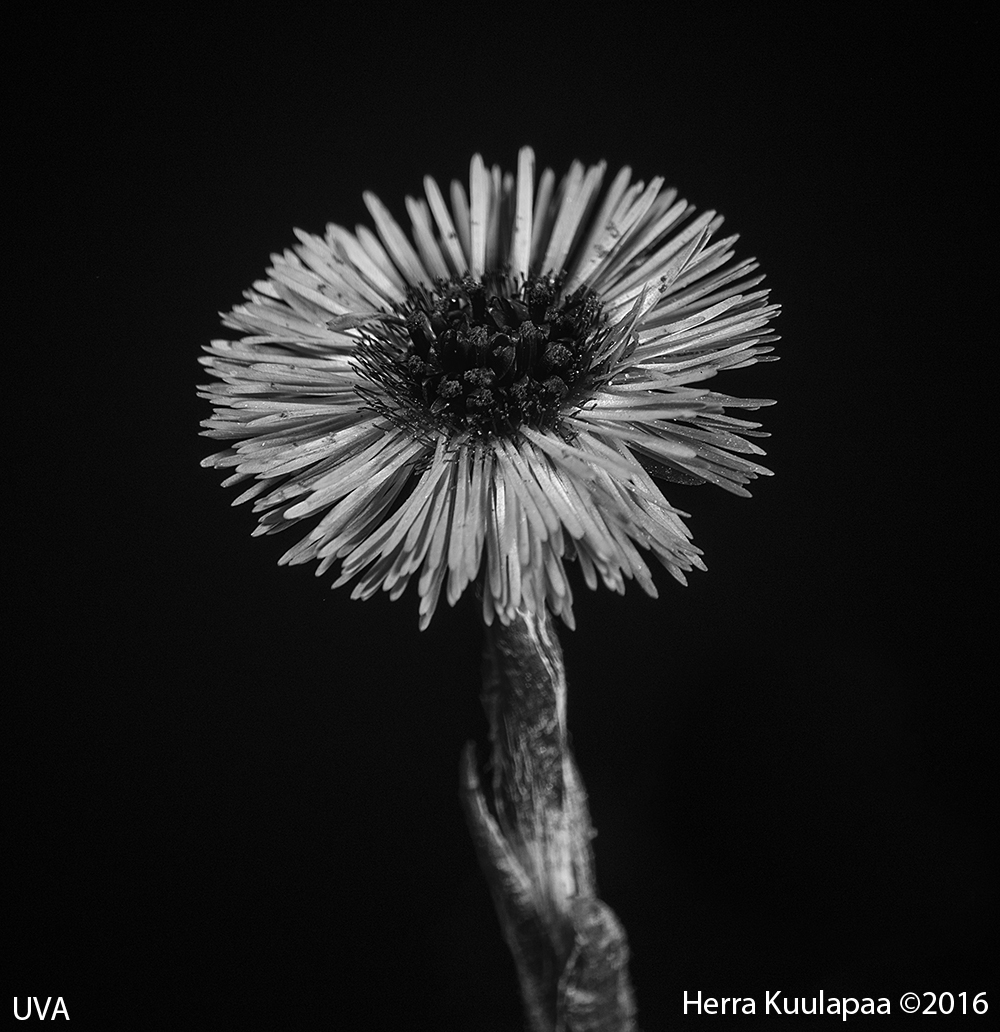
-
 5
5
-
-
I dont think it's the "missing" grounding. There should be a connection from the sensor metal frame to camera body without it as well. Error sounds to me somekind of connector issue. Is the sensor main connection cable intact?
-
Yes. you need a IR/UV cut, but not when you're using already a narrow NB.
-
 1
1
-
-
-
There is something funny in the CR2 files. Please enable pure raw in Pixinsight and open files there zooming fully in. There is RGB matrix remaining if you see a pixel pattern.
Image should look like this: Canon 1200D raw sample
-
But no err-message? Sounds like bonding connector failure (golden wire).
One failure source is scraping/polishing too deep. Canon sensors are generally more prone to that than Nikon ones.
-
Nice work LarryC
 Do you have a larger version of the last picture?
Do you have a larger version of the last picture?
And what is most interesting, have you tested it yet?
-
Welcome, keep your head cool and good luck

Here's a small comparison between Nikon D5100 full spectrum standard firmware and astromono pure raw. Full spectrum is already without IR/AA filtering so it's sharper than regular to begin with. In addition there is a RGB pure raw to show RGB pattern in greyscale. Images are all at 300%. I must say that I'm impressed how good demosaicing algorithm really is

Yes, it's a bit large I guess..
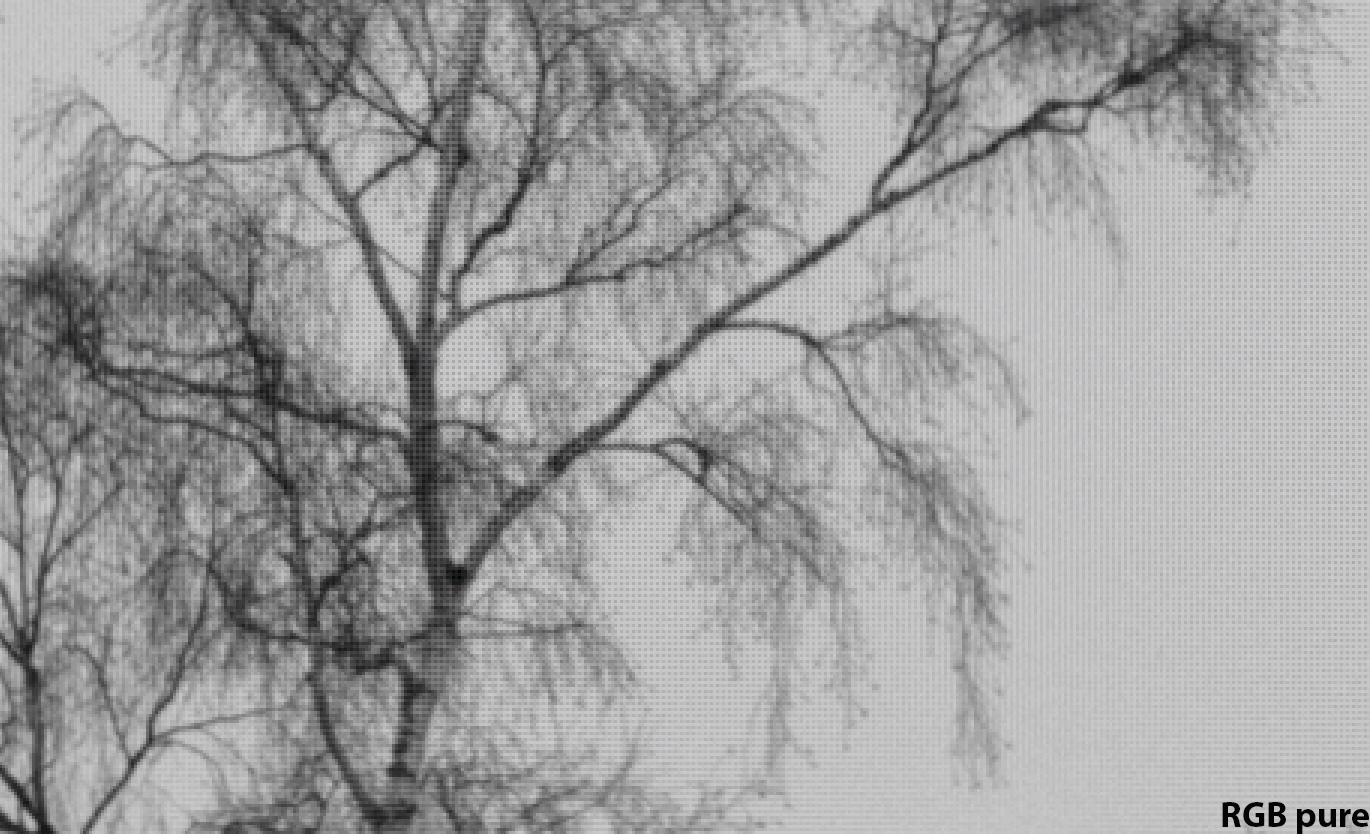
-
 1
1
-
-
Is any Canon 6D owner interested in participating in full frame monochrome 6D project? Plan is to process a separate sensor.
-
Sensor manufacturers, models and generations have very different cover glass glues what comes to the release temperature.
Some of them just drop off easily while other stay stuck no matter how much you heat them. Be careful with the heat though. You know to have applied too much when SMDs starts to fall off

-
Hmmm., funny thing that those borders are visible in dark shot. Dark frame shouldn't show anything else than noise - there may have been some light leakage through the viewfinder or something
-
 2
2
-
-
Yoy should be fine if you don't feel any pain or irritation today, but go to physician if you feel anything out of normal with it. Overall I strongly recommend proper eye protection due to the tempered nature of the cover glass -> It fragments badly and can shoot submillimeter shards with high velocity. Especially if you heat it with open flame.
I recall this was approx a 20 mm x 10 mm piece of cover glass, or what was left of it when I used the heat shock treatment on it. My point is that those smallest pieces are microscopic. You can barely see them with naked eye. They're sharp though, really sharp!
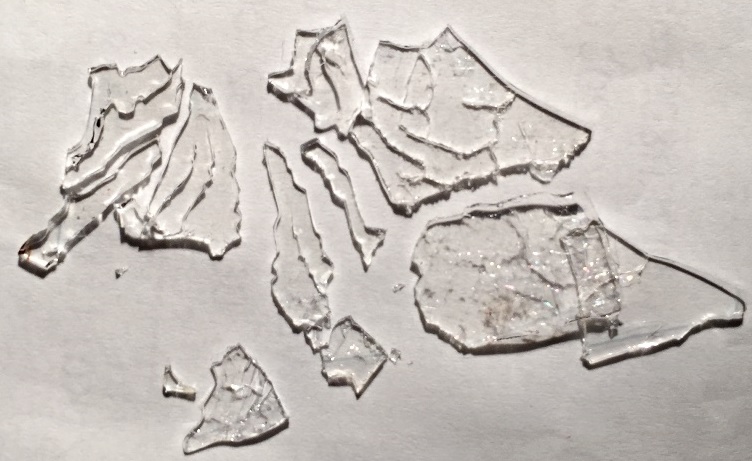
-
 1
1
-
-
There is a difference between bonding wires of Canon and Nikon. Nikon ones seem to be stronger and can take the epoxy better. But the cover glasses are much harder to remove, so they're no park walks either














Debayering a DSLR's Bayer matrix.
in DIY Astronomer
Posted · Edited by Herra Kuulapaa
Ah, I have forgotten much data during the years. Anyway, here is one comparison done with both full spectrum RGB and mono. Cameras were D5100 and the light was white led through Ha filter. Identical exposure by all of the variables and true sensor raw extracted.
And a quick n dirty histogram:
Far right are RGB red pixels. Second form the right is mono. This is the amount of signal gained (~8,5%) by micro lenses with IMX071 - but don't extrapolate this into any other sensor or even mono mod type. It's only valid with the process I used and polishing deeper or shallower will most likely result something else. Anyway, far on the left are the blue pixels and second from the left are green pixels. Remember, there is signal in all of the three color pixels despite of the red Ha color and RGB pixels have absorption as well - removing them will slightly compensate lost micro lenses.
Edit: Summary: Now I'm talking about IMX071 sensor (Nikon D5100). There will be increased spatial resolution because all of the mono pixels record the signal same way. This is seen with mono CCD vs RGB CCD comparisons as well. Mono mod will result a decrease in signal (lower QE), but the difference is not many fold like mentioned before and it's easily compensated with small increase of exposure time. Best option will still be a native mono CMOS astrocamera, but a DSLR monomod is a valid and possible path into narrow band imaging when the budget is tight and especially if a full frame sensor FOV is preferred.